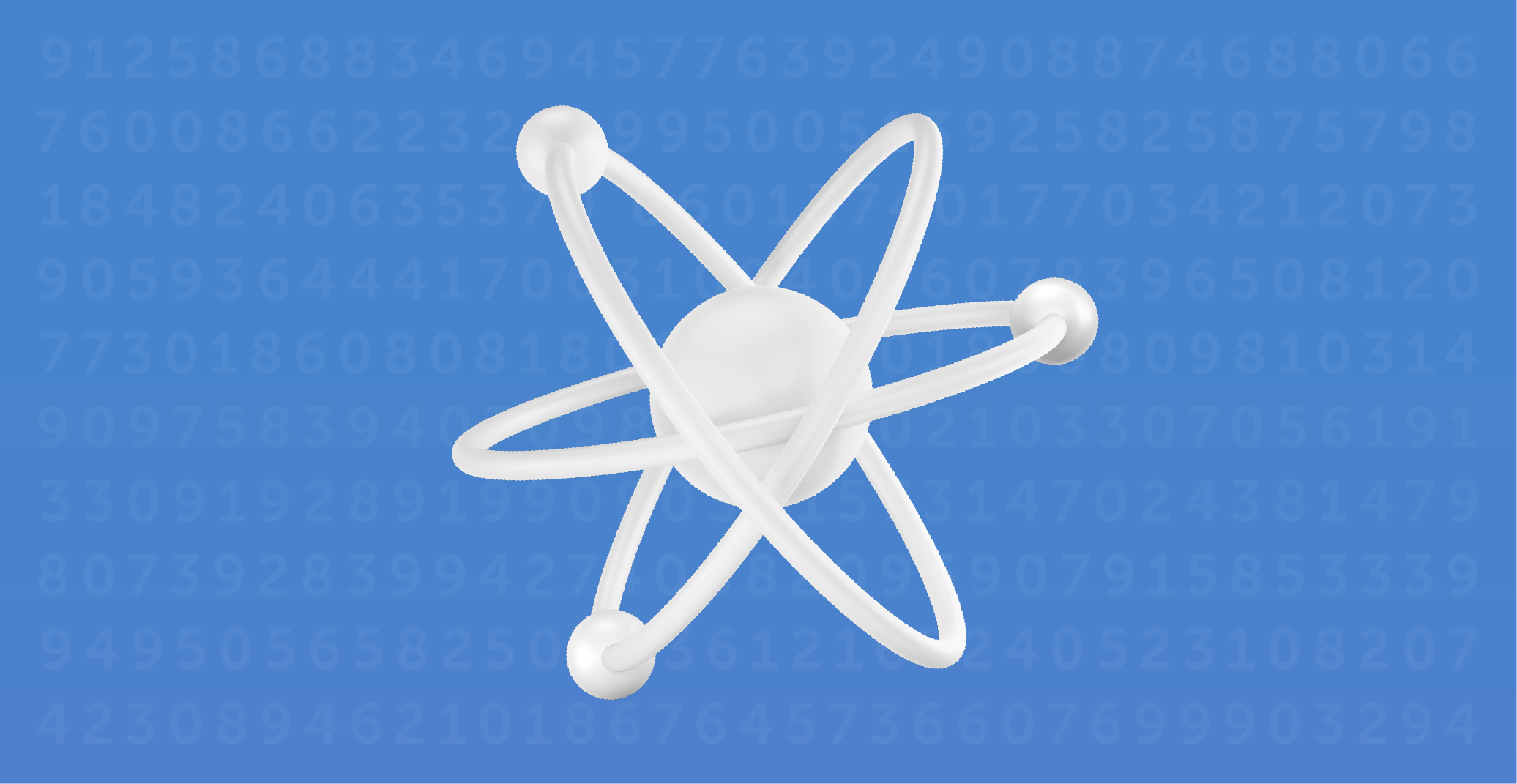How nuclear codes are cooked

It’s no secret — largely thanks to Hollywood — that releasing a nuclear warhead requires a series of complicated steps, one of which is entering a launch code, which is typically a long string of letters, numbers, and other symbols. However, it’s actually a lot easier.
A chunk of trivia
In 1962, the then-President of the United States, John F. Kennedy made the announcement that, for purposes of national security, the detonation of a nuclear weapon should only be carried out after the entry of a secret code. In order to put this into action, a technology known as PAL (Permissive Action Link) was developed. The president's goal was that by implementing such a system, they would be able to prevent accidental missile launches and reduce the number of employees who are capable of carrying them out.
Despite this, a detail that is both intriguing and humorous is that during the crisis in the Caribbean, the code for firing nuclear missiles was literally eight zeros. This code did not undergo any revisions for the subsequent 17 years. Indeed, this code wasn’t even hidden; the launch instructions for each missile were printed right on them. It wasn't until the year 1977 that true security codes were mandated for use by US rocket scientists. Up to this moment, any group of individuals with even a little amount of access to nuclear weapons could launch a limitless number of nuclear missiles using a code that even an ape could figure out.
The generation of nuclear codes
The process of generating nuclear codes is complex and secure. The codes are created using a random number generator, which is a computer program that generates numbers randomly without any pattern. This code is then encrypted using highly secure cryptographic algorithms that are almost impossible to break. The encryption keys are divided into multiple parts and distributed among people known as custodians. These custodians are typically high-ranking military officials who are responsible for safeguarding the keys and ensuring that they remain secure.
Typically, the keys are created on a physical device that is purpose-built to have a very high level of security. This piece of hardware is referred to as a key-generation device, or KGD for short. The KGD is resistant to tampering and was developed to be extremely difficult to break into. This guarantees that the codes are created in a protected setting, preventing any illegal access to the information.

